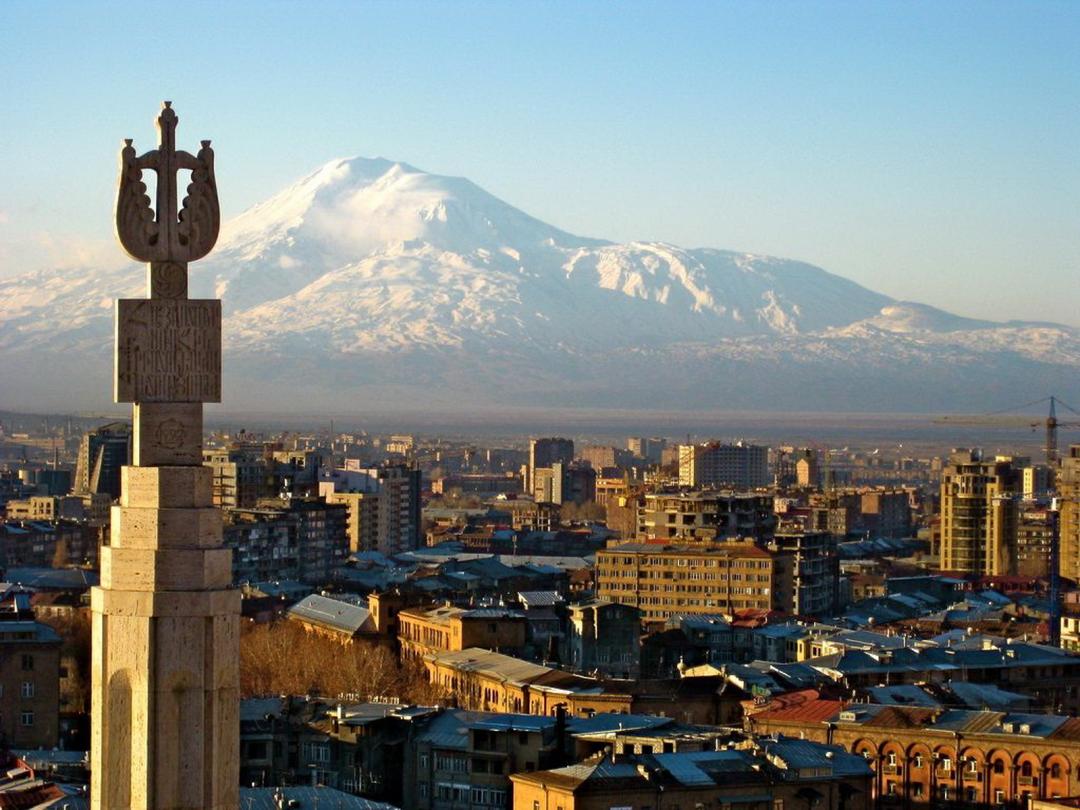
ADB updated its economic forecasts for Armenia

On 15 September, the Asian Development Bank (ADB) updated its economic forecast for its member states. In ADB’s flagship annual publication, Asian Development Outlook (ADO) 2020 Update, the bank forecasted a 4% GDP contract in 2020 followed by a 3.5% growth for Armenia in 2021.
The report emphasized that under the impacts of Covid-19, Armenia’s economy reversed 7.0% growth a year earlier to contract by 5.7% in the first half of 2020. Agriculture grew by only 1.8%, with livestock and crops weak. Industry excluding construction fell by 2.0% as declines in manufacturing, electricity and water supply outweighed gains in mining and quarrying. Lockdown from mid-March to mid-May postponed investment projects, slashing construction by 30.4%. Services contracted by 4.4% almost across the board.
On the demand side, private consumption fell by 9.5%, hurt by economic restrictions, weaker consumer sentiment, lower incomes and reduced remittances. Public consumption grew by 14.2% as the government raised current expenditure. Investment plunged by 30.7%, reflecting lower inventories and a 19.6% drop in fixed capital formation. The deficit in net exports narrowed further as imports shrank more than export.
Inflation has been low, with weak demand at home and abroad, low oil prices and a fairly stable exchange rate. Average annual inflation slowed from 1.9% a year earlier to 0.7% in January–July 2019 as prices rose by 1.3% for services but only 0.3% for food and 0.8% for other goods. In July, inflation was 1.5% year on year, below the central bank’s 2.5%–5.5% target and prompting in June a refinancing rate cut of 100 basis points to 4.5%.
Fiscal policy has been expansionary in 2020 with higher outlays for health care, social protection and economic support. To counter COVID-19, the government introduced a stimulus equal to 2.3% of GDP. That, along with weak revenue, prompted a higher government projection for the 2020 fiscal deficit, from the equivalent of 2.3% of GDP to 5.6%.
The current account deficit narrowed from the equivalent of 10.4% of GDP in the first quarter of 2019 to 7.5% a year later as smaller deficits in goods, services and income more than offset a smaller surplus in transfers. Exports of goods fell by 1.0% and imports by 3.6%, narrowing the trade deficit from 14.1% of GDP a year earlier to 12.5%. Global disruption from Covid-19 is expected for the rest of 2020, further weakening trade, remittances and tourism. A modest recovery is expected regarding Armenia’s trade partners and a positive growth in 2021 but less than forecast in ADO 2020 (4.5%).
See Also


Armenia Records 5.9% GDP Growth in 2024, Missing 7% Goal

Yerevan Balances Strategic Ties with Both US and Russia, Says Foreign Minister

FM Mirzoyan: Peace Deal with Azerbaijan Is Within Reach

Pashinyan and Erdogan Hold Call, Reaffirm Commitment to Ongoing Dialogue

